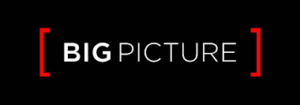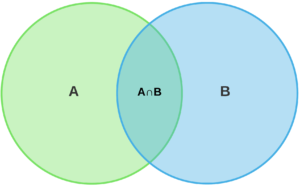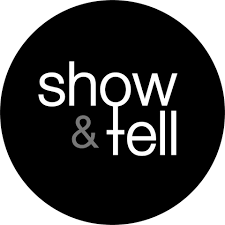Over the last few weeks, we’ve been working with a shared body of readings that have given us some insights into workplace cultures and, in particular, the challenges, complexities, and value of diverse workplace cultures. Now that we’ve got a foundation of knowledge, it’s time to build on that by expanding our reach into some of the questions and issues these readings have raised for us.
Each of you is contributing to that expanding body of knowledge by suggesting an article to the rest of us. Your Unit 1 blog post will provide a summary of this text in addition to your commentary about what we can learn from this text and why it should be part of our shared canon of work on organizational culture and diversity. Read on for some pointers.
Let’s think first about the summary piece.
Unlike the other summaries that you’ve been writing, your readers (us) have not read the piece that you are summarizing, so that really raises the stakes for the work that you do in your summary. We’ll be totally reliant on your explanation of what this source is, what it does, and what it says, so please be sure to read through the comments that you’ve gotten from me on your prior summaries, to review the Handout on summary here or on Blackboard, and to consider what we’ve learned from the TSIS and Harris readings.
A few reminders:
We need to know precisely WHAT you’re summarizing—what kind of text is this? Can you tell us a little something about the author and/or publication that would help us understand something about this piece?
We need to know what the authors are DOING in this text—are they reporting a list of facts? Are they making an argument? Have they conducted their own research? Reporting someone else’s findings? Responding to some other argument they disagree with? Diving into a public controversy? The authors might have several purposes in their text—help us to understand what their purposes are (to use Harris’s term, their project) so that we can really get what this text is. Verbs can really help you here–select action verbs that really help to pinpoint the work the author is doing (arguing, advocating, explaining, addressing, debating, contesting, etc.)
We need to see the BIG PICTURE of what the author is saying—as a rule, we don’t need the sequential play-by-play, but we do want to have some clarity on the overall point of the piece, as well as the major sub-points that add to our body of knowledge.
Make sure you name the author and article you’re discussing—there should be no ambiguity here. And if there are multiple authors, credit them all the first time, and thereafter, you can use the first author’s last name and “et al” if there are 3 or more authors. (Technically, APA style requires that you only use “et al” if there are 6 or more authors, but come on….. If you’re submitting for publication in a professional or scholarly journal, follow that rule, of course; elsewhere use your judgment.) Please include a full bibliographic citation at the end of your blog post, detailing all the publication information for this particular article. (Again, remember to consult the assignment sheet for the criteria that your source must meet.)
Let us see what you’re working with–use the “Add Media” button to provide us with direct access to the article you’re contributing. If it’s a web-based source (on the open web), insert the link using that button. If the article is from a subscription database, please link it as a PDF. See my post from earlier this week, linked below, for instructions on how to do that.
Overview of Week of 6/8
Now, let’s think about the commentary piece. Think about your audience and your purpose.
Remember that you know what we know–that shared body of knowledge built from the texts we’ve read together. Feel free to draw connections/contrasts with other pieces we’ve read and discussions we’ve had.
Write in your own voice–you don’t have to adopt the scholarly tone of the articles that you’re working with. Write as if you’re speaking to us. Be direct.
Remember that your task here is expand our knowledge, to complicate the discussion we’ve been having by injecting something new and explaining its significance. Tell us what you think this article means, what you think is important about it, why you think it matters, what you want us to learn from it.
Please categorize your draft post as Expanding the Canon, and tag it with “draft,” “week of 6/8,” [your name], and “canon.” This will help me and others to easily identify what’s what.
One final request–please double-check all of your recent posts to ensure that they are properly categorized and tagged, and edit them as needed. When I’m grading posts, I sometimes have to go hunting to find your work, and that’s not especially helpful. You’ll find the instructions for tagging and categorizing in each of the prompts, which you can easily access by clicking “prompts” on the tag cloud. Contact me with any questions.




